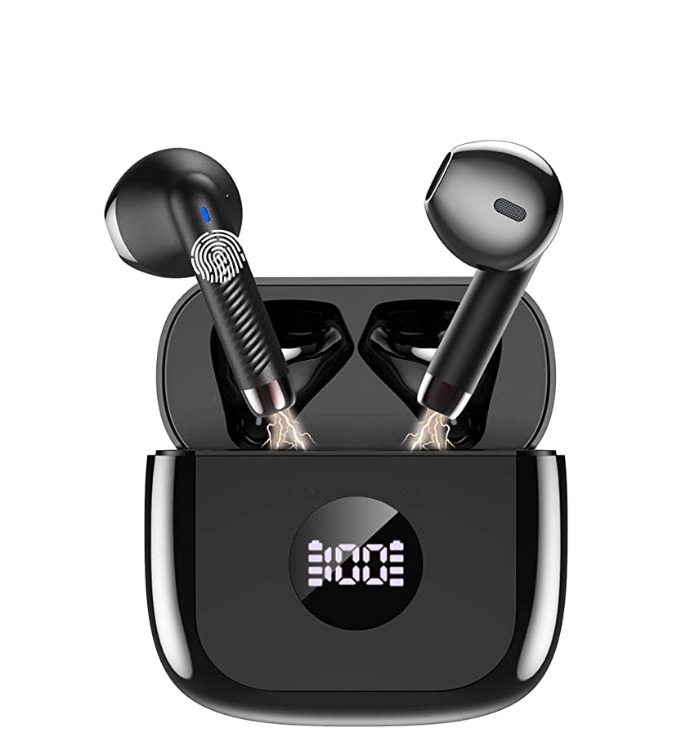Your Dog's GPS Data: Who is Watching? A Look at Pet Tracker Privacy
Update on Oct. 21, 2025, 6:26 p.m.
Every walk, every frantic chase after a squirrel in the park, every nap in a sunbeam—your dog is creating a map of their life. When you attach a GPS tracker to their collar, you are digitizing that map. You do it for the noblest of reasons: to keep them safe. But in the process, you are generating a stream of highly personal, valuable data. The critical question we seldom ask is: where does that data flow, and who ultimately controls it? The answer fundamentally depends on the architecture of the device you choose.

The Two Data Architectures: Cloud-Based vs. Closed-Loop
At the heart of the pet tracker market lie two opposing design philosophies for handling your pet’s location data.
-
The Cloud-Based Architecture: This is the most common model. The GPS unit on the collar sends its location data via a cellular network to the manufacturer’s servers (the “cloud”). You then access this data through a smartphone app, which communicates with those same servers.
- Data Flow: Dog -> Cell Tower -> Company Servers -> Your Phone App.
- Implication: Your pet’s entire location history, and often your own (as you view the app), is stored on a third-party server. You are granting the company ongoing access to this data stream. The service’s functionality is entirely dependent on this cloud connection.
-
The Closed-Loop Architecture: This model is less common but represents a distinct approach to privacy. The GPS unit on the collar transmits its location directly to a dedicated handheld device you possess, using a local radio link.
- Data Flow: Dog -> Your Handheld Device.
- Implication: The data never leaves your possession. It is a private conversation between two pieces of hardware you own. There is no central server, no user account storing location history, and no app collecting ancillary data from your phone.
The Value of a Paw Print: What is Your Pet’s Location Data Worth?
It may seem innocuous, but aggregated location data from thousands of pets is a valuable commodity. Consider the possibilities: * Insurance Companies: Data showing a dog frequently visits areas with high rates of theft or accidents could be used to adjust pet insurance premiums. * Marketers: Knowing which dog parks are most popular, what trails people hike with their dogs, and even the times of day they are most active allows for hyper-targeted advertising of everything from pet food to outdoor gear. * Urban Planners: Municipalities could use this data to decide where to build new dog parks or install waste stations. * Malicious Actors: In the wrong hands, a real-time location tracker could reveal when a home is empty or provide a pattern of life that could be exploited by thieves.
When your data is in the cloud, you are relying on the company’s privacy policy—a document few people read and that can change over time—to protect you from these uses.

Risks of the Cloud: From Hacking to Unintended Consequences
The Internet of Things (IoT) has a notoriously poor security track record. From hacked baby monitors to fitness apps revealing the locations of secret military bases, the risks of centrally stored personal data are well-documented. While reputable pet tracker companies invest in security, any cloud-based system presents a larger attack surface than a closed one. A single breach of the company’s servers could expose the location histories of thousands of pets and their owners.
The Concept of Digital Sovereignty: Taking Back Control
Digital sovereignty is the principle that individuals should have control over their own digital data. It is the digital equivalent of owning a physical diary versus writing your thoughts on a public billboard. Choosing technology that keeps data localized by default is an act of exercising this sovereignty. An offline-first or closed-loop system puts you, the user, back in control. The data is generated on your device, stored on your device, and deleted by you.
A Case Study in “Privacy by Design”
This brings us to devices like the Aorkuler tracker. Its lack of a smartphone app and its reliance on a direct-to-handheld radio link are not just features; they are a powerful statement of architectural privacy. This is an example of “Privacy by Design,” a principle where privacy is built into the core functionality of a system, not bolted on as an afterthought.
Because there is no cloud server, there is nothing to hack on a mass scale. Because there is no app, there is no collection of your phone’s contacts, location, or other personal data. The system is designed, from the ground up, to be incapable of collecting or storing your information beyond the two devices in your possession. The privacy guarantee is not a line in a legal document; it is a function of the hardware’s physical limitations.
Conclusion: The Choice is More Than Just Technology
When choosing how to keep your pet safe, you are also making a choice about privacy—both theirs and yours. The convenience of a feature-rich, cloud-connected app comes with an implicit data bargain. The simplicity of a closed-loop, off-grid system offers an alternative, one that champions digital sovereignty and minimizes your data footprint. There is no universally “correct” choice. But it must be an informed one. The next time you look at a GPS tracker, don’t just ask, “How well can it find my dog?” Ask also, “Who else will know where they are?”



















